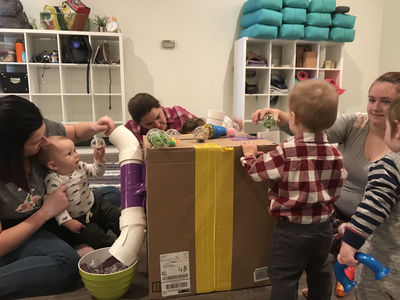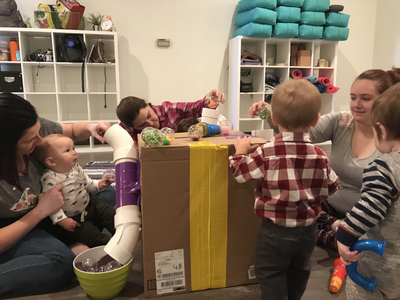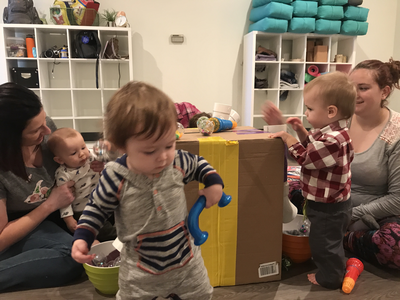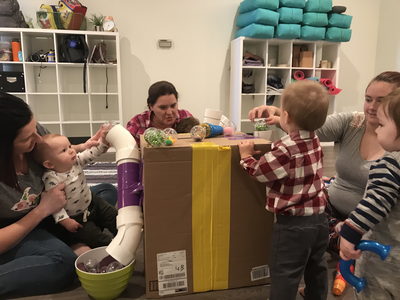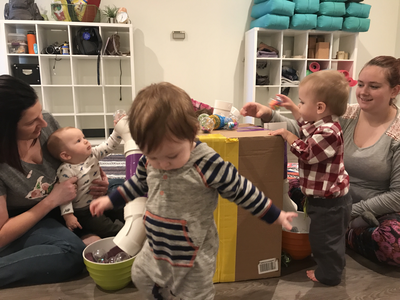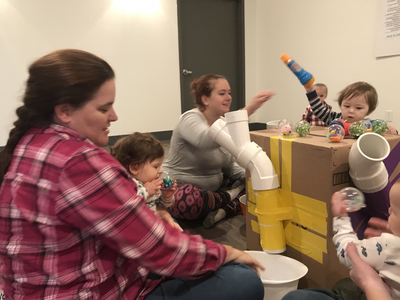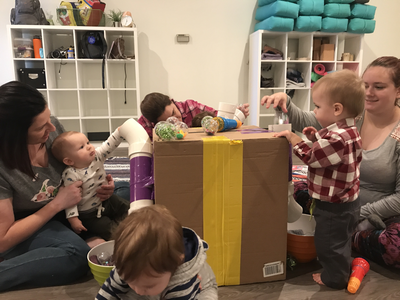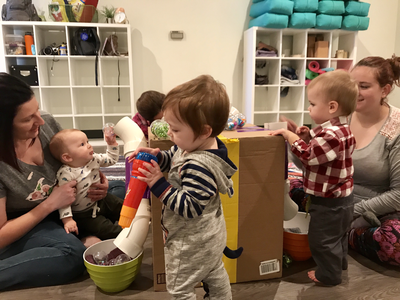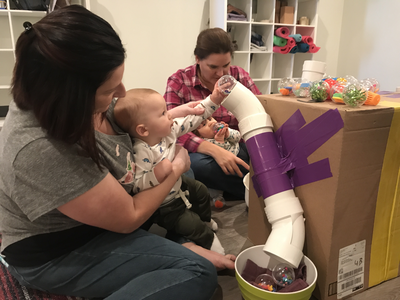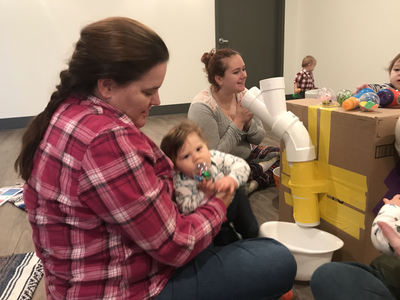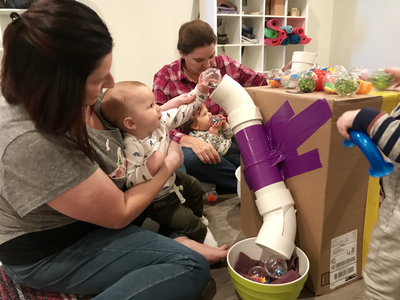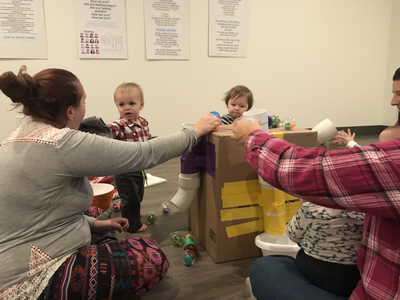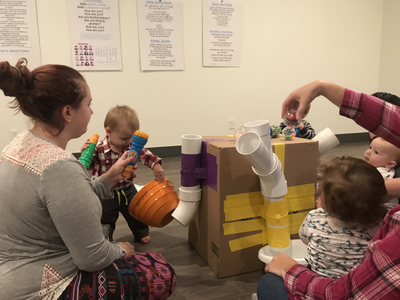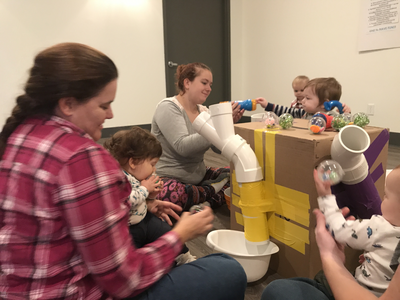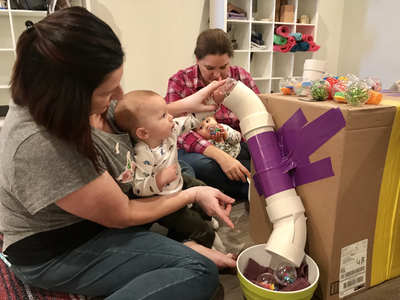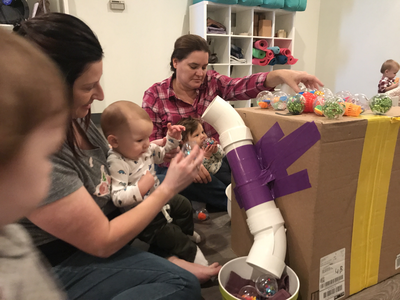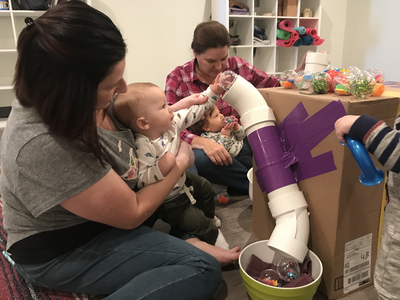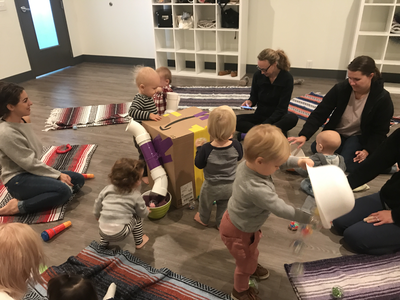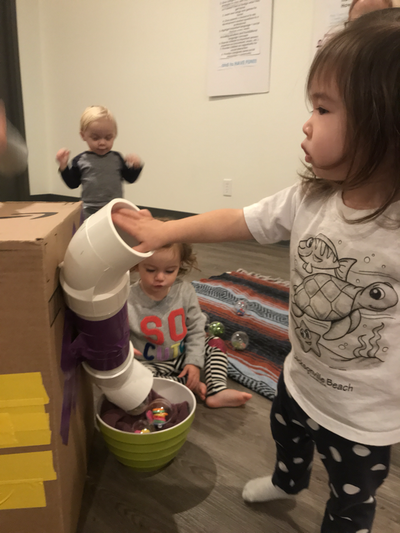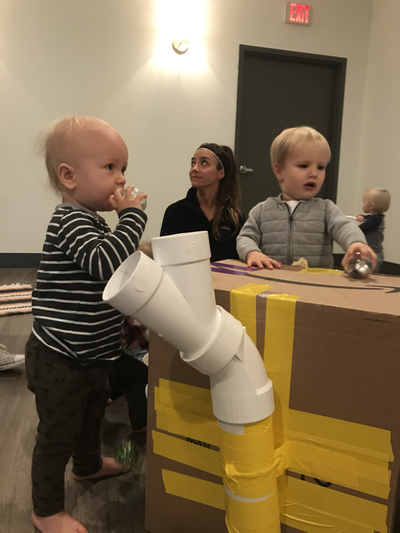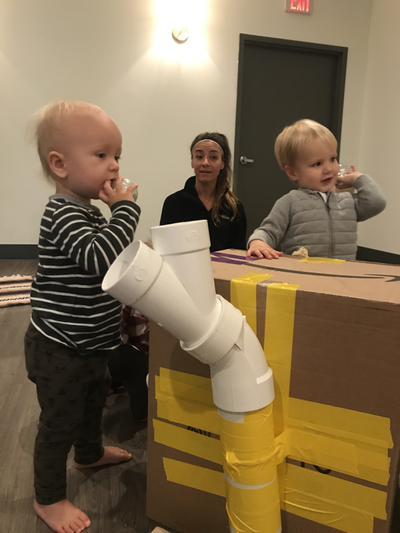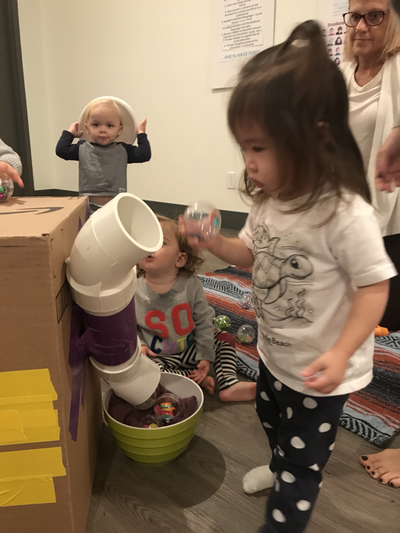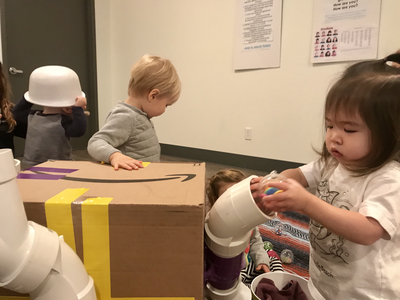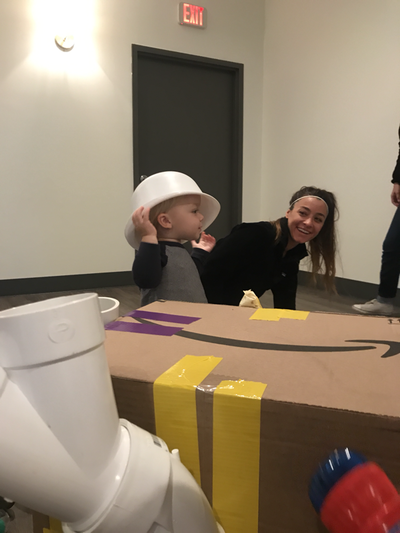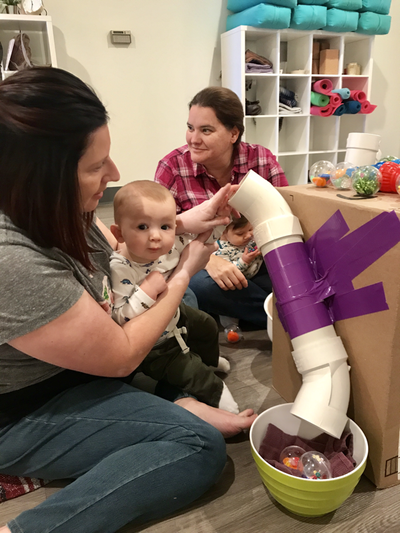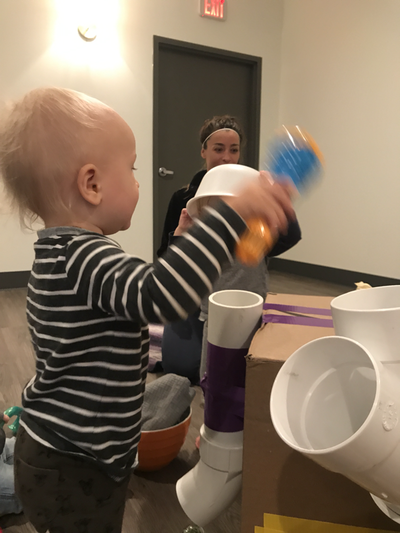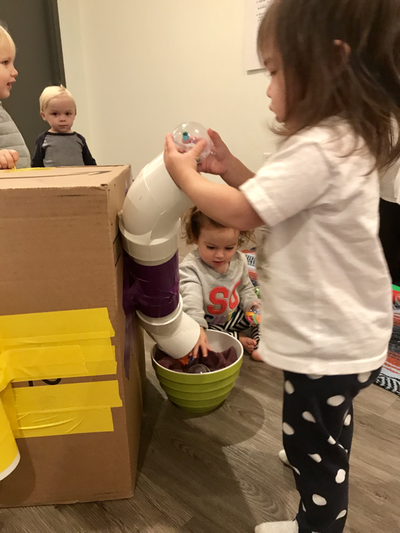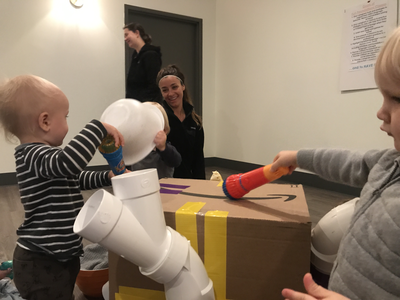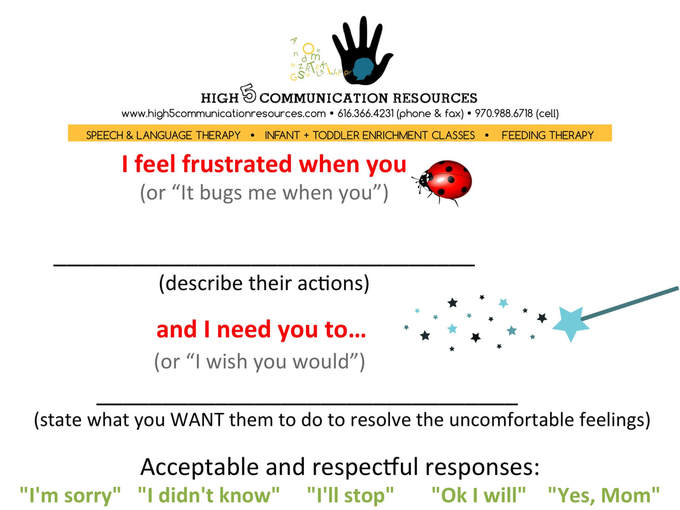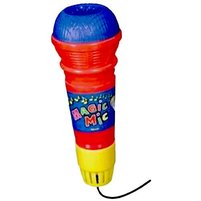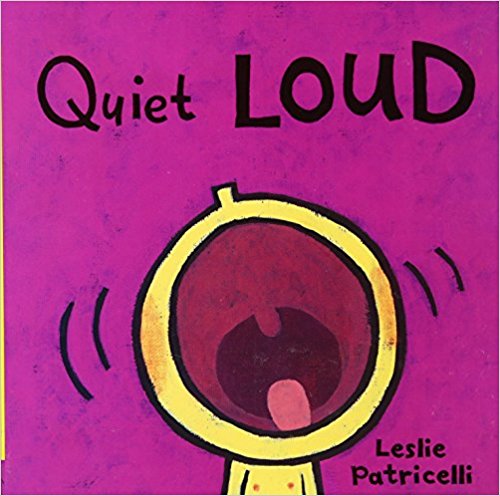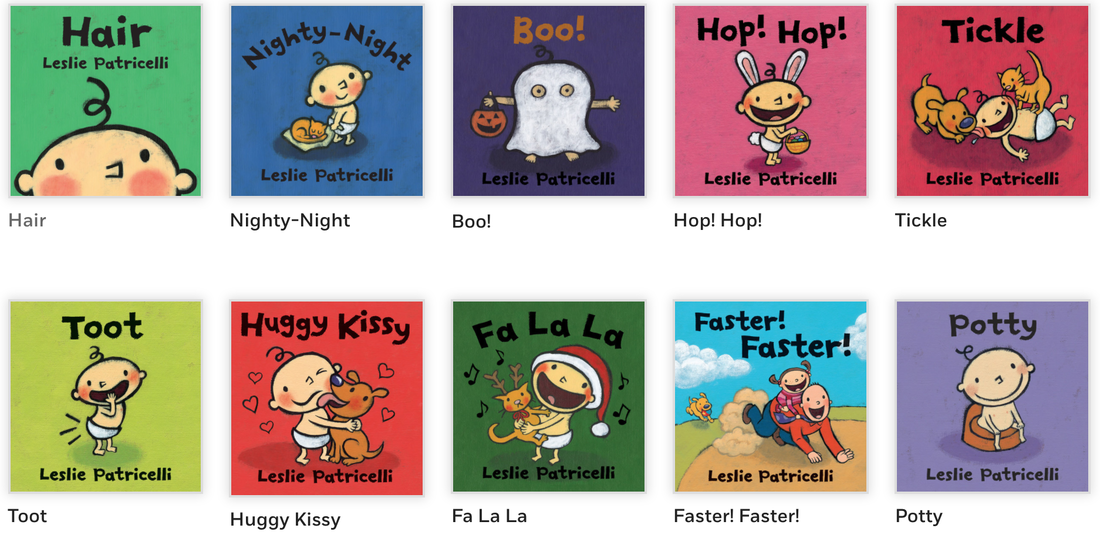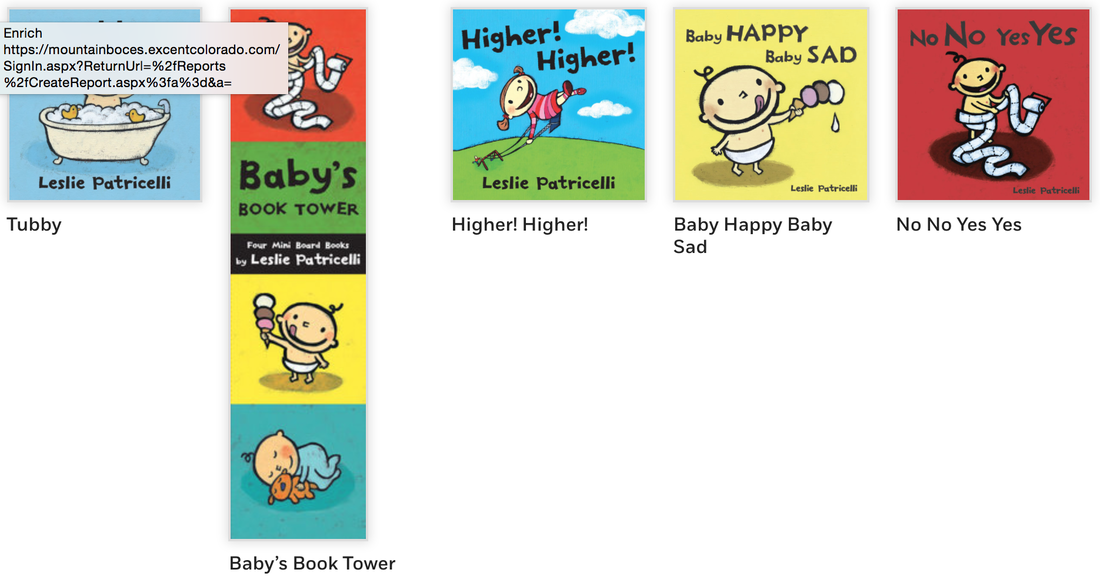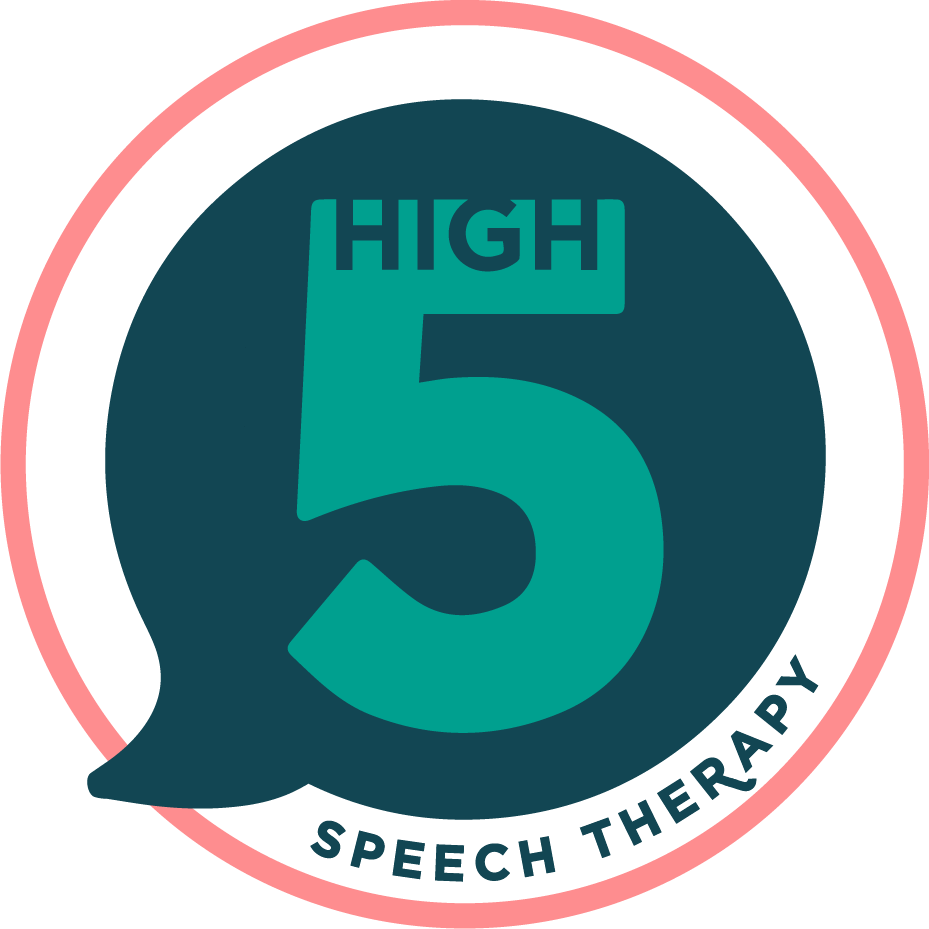Fun foundations class: Quiet + Loud
Quiet + Loud
Now is a GREAT TIME TO START working on these concepts at home! The sooner the better actually - you never know when your child will need to know how to moderate his voice and actions to fit the occasion - maybe if you wind up on a plane full of passengers, at a funeral or roped into a restaurant experience with extended family.
However: You must work on identifying and educating on LOUD vs QUIET first! We can’t expect them to do something they don’t even know the meaning of yet.
Step 1
Some additional tips:
Now is a GREAT TIME TO START working on these concepts at home! The sooner the better actually - you never know when your child will need to know how to moderate his voice and actions to fit the occasion - maybe if you wind up on a plane full of passengers, at a funeral or roped into a restaurant experience with extended family.
However: You must work on identifying and educating on LOUD vs QUIET first! We can’t expect them to do something they don’t even know the meaning of yet.
Step 1
- Practice identifying LOUD and QUIET. We have to help our children understand what these terms mean before we expect them do it. When you hear a LOUD noise, sign + tallk about the loud noise. It is especially helpful to use the sign for LOUD (see below) in very loud situations as the loud noise may drown you out to the point that they can't hear you say LOUD. When you know there is about to be a loud noise (e.g. starting a vacuum, coffee grinder, etc.), warn your child with the sign + verbal word several times before the noise (example: "it's about to be LOUD! I'm turning on the vacuum and it will be LOUD! LOUD!"). If you hear a QUIET noise, do the same (e.g. a quiet bird, a plane off in the distance, dad talking from the far end of the house, you speaking quietly, etc).
- You can also stage situations in which you can practice LOUD and QUIET. Turning the radio/stereo/TV on LOUD then QUIET is a great example of this.
- Use this handout as a visual to show when you are being LOUD and QUIET.
- Practice modeling and imitating QUIET and LOUD. When your child is being LOUD, be LOUD with them (as long as it is appropriate to be LOUD with them in that moment). Have fun with it! There are lots of times it is appropriate to be LOUD and we want to embrace that.
- In those moments, go back and forth being LOUD with your child - but then be quiet. For example:
- 1a. first your child is LOUD ("aaaaaaahhhhhh"), 1b. then you are, 2a. then they are, 2b. then you are, 3a. then they are, 3b. THEN YOU MODEL BEING QUIET (using the sign and saying the word repeatedly).
- NOTE: Your child will have a MUCH HARDER time being quiet than they will being LOUD. It is physically harder to be quiet, plus children get lots less attention for being quiet than they do for being loud, so it can be less desirable to do so.
- Remember to use POSITIVE LANGUAGE: Tell your child what you want them to do ("be quiet") instead of telling your child what not to do ("don't yell" or "don't shout"). Children often respond more willingly when you give a direction requesting the desired behavior instead of correcting against an undesired behavior, according to Mary Elizabeth Hoffman, MA, with the Florida Department of Health. For example, you might say, “Please use your quiet voice inside the house. It hurts my ears when you shout.”
- Continue to use this handout as a visual to show when you are being LOUD and QUIET.
- In those moments, go back and forth being LOUD with your child - but then be quiet. For example:
- Once your child can imitate you being LOUD/QUIET and understands the meaning, you are ready to practice these words. Practice being LOUD and QUIET in appropriate places.
- Continue to use this handout as a visual to show when you are being LOUD and QUIET.
- Practice often! Practice in different contexts (e.g. at the park, at home, in the bath, in the car, etc.).
- Continue to identify LOUD and QUIET voices and sounds frequently. Examples:
- "Do you hear that little boy crying in the cart? He is being LOUD."
- "Wow, I can barely hear the kitten meowing, she is so QUIET."
Some additional tips:
- Model the voice level you want to hear. When you want your child to lower the volume and keep his voice quieter, speak to him in a calm and low voice. Children pay close attention to how parents talk and interact with others,
- Take your child outside to give him an opportunity to make more noise if he’s acting energetic and rambunctious. Allow your child time to burn off steam, making outdoor-level noise. When you take him back indoors, he’ll likely be more successful at using a quiet voice.
- Remind your child when he becomes excited that you want to hear a quieter voice. It’s common for children to become louder when they become excited.
- Provide positive feedback when your child remembers to use a quiet voice. Praise is an effective way to reinforce and encourage the behavior you want. You might say, “Wow, I can see how excited you are right now, but you are remembering your quiet voice. Great work!” Simple feedback like this can often be enough to motivate children to repeat behavior again to please you again.
- It may help to ignore loud voices, too – especially if your child has a habit of using a loud voice. By not giving the loud voice attention and pretending you don’t hear your child, he will learn not to speak so loudly. You might say, “I’m sorry. I’m having trouble hearing you when you yell. Try again with a quieter voice, please."
- Your reminders don't have to be discouraging or disrespectful, and your child will forget and need reminders (s/he is just a toddler and they have a short attention span AND memory at this point).
- I would avoid using inside/outside voice exclusively. These are great descriptors, but you might couple them with quiet, soft, and loud as well. Our voice level is actually on a continuum and he will need to know a range of voices he can use. Softer and Louder are great vocabulary to use. In services (like weddings, church and funerals) he needs to know how to say nothing at all or whisper very softly. At restaurants he needs to know how to speak in a soft voice, at home his normal voice is fine indoors or outdoors and at the playground or arcade (such as Chuckee Cheese), loud voices are okay.
- When you are going to an event, or public space with specific social more's, expose him with the proper preparation on your part. Prior preparation can and should include practice at home. Start the day with a description about what to expect and a little practice about what kind of voice is needed at said location. "Okay honey today we will be at _. This place is a 'soft voice' kind of place." Then include a reminder just before arrival. If he needs reminders while you are at said location, just a quick, "soft voice remember?" will generally be all he needs. Same thing at home with "inside and outside voice."
- Start the day with a description about what to expect and a little practice about what kind of voice is needed at said location.
– "Okay honey today we will be at _____. This place is a 'soft voice' kind of place." Then include a reminder just before arrival. If he needs reminders while you are at said location, just a quick, "soft voice remember?" will generally be all he needs. - When he is doing a good job. Make sure to observe it from time to time. "I really appreciate the voice level you are using. You seem to have been trying to match your voice level to the occasion/location”
- When you are going out, you'll also want to be prepared with activities to help him stay busy, distracted and engaged.
- For example, feel free to take him to "adult restaurants because this will allow him the experience so he knows what to expect and how to behave. If he doesn't learn it now, he still has to learn it, he'll just be older when he does (and "bad behavior" that is really naive behavior will just be that much more embarassing.
- BUT, bring some crayons, a favorite coloring book, a fidget sort of toy and a favorite book because it is a lot to expect for a kid to sit and do nothing quietly. By being there he is gaining the opportunity to learn from watching you though.
- For example, feel free to take him to "adult restaurants because this will allow him the experience so he knows what to expect and how to behave. If he doesn't learn it now, he still has to learn it, he'll just be older when he does (and "bad behavior" that is really naive behavior will just be that much more embarassing.
- Start the day with a description about what to expect and a little practice about what kind of voice is needed at said location.
A bug and a wish
Download this visual aid here!
Why It’s Important:
How Parents Can Support Use At Home:
- Bugs and wishes are a tool for children (and adults) to express what is bothering them. It is a simplified form of an “I-Statement.” The format is: "It bugs me when person/people do _________, and I wish you/they would________." When I do this at home, I use slightly more advanced language (e.g. "I feel frustrated when you hit me, and I need you to keep your hands down"). However, the simplified version is a great model for younger kids.
- When starting out, children will often say, “It bugs me…and I wish you would stop.” We can encourage them to move toward saying what they wish the other person would actually do to correct the problem. It will take time and practice for them to get here.
- An important part of using bugs and wishes is learning how to respond. When students learn about Bugs and Wishes in the classroom, they brainstorm a list of respectful responses. As seen in the picture, examples are posted on the wall so that children can draw on those when they need them.
Why It’s Important:
- Learning how to communicate feelings is a skill that takes time. Bugs and Wishes give children a specific format to use, eliminating the need to figure out how to express themselves while they are still just learning to identify what it is they are feeling. The “wish” part helps them focus on solutions and think about what might solve the problem.
How Parents Can Support Use At Home:
- Bugs and Wishes is a wonderful tool to use at home and can help siblings learn to communicate respectfully. The very best way we can teach this skill to our kids is by modeling it ourselves. When you notice your child using bugs and wishes to communicate, acknowledging with “I notice you used bugs and wishes to tell your brother how you were feeling,” or “I appreciate ______.”
sensory activities
Loud/Quiet Gravity Experiment
I used clear plastic Christmas ornaments and put "loud" things (bells, buttons, rocks) and "quiet" things (sequins, fuzzy pom poms) inside the balls. Then I duct-taped PVC pipes to a big cardboard box and voila - we had a gravity drop experiment that incorporated language around LOUD and QUIET!
I used clear plastic Christmas ornaments and put "loud" things (bells, buttons, rocks) and "quiet" things (sequins, fuzzy pom poms) inside the balls. Then I duct-taped PVC pipes to a big cardboard box and voila - we had a gravity drop experiment that incorporated language around LOUD and QUIET!
|
Toobaloos
I have used these both in speech therapy and in supporting kids with their reading. You hold it like a phone and it is CRAZY how much it amplifies your voice! These are great in the context of talking about quiet and loud as it really provides a lot of sensory auditory input to your kiddo about the volume of their voice! You can find them on Amazon here in a 3-pack or search for a single one as well. |
|
Echo Microphones
I have also used these LOTS in speech therapy. The key is that you really have to find one that is extra ECHO-EY - otherwise kids lose interest in them very quickly. I did order some on Amazon and they are just ok (they're not that echo-ey) - but what I really recommend is just keeping your eyes open for them in the cheap-toy section at Target, Meijer, Walmart or the dollar store. When you see one, give it a test and see if it echoes well, and if it does, but me a couple, too! ;) They are usually just a couple bucks. These are great for talking about voice volume, as well as encouraging your child to make lots of noises or repeat words! |
signs taught in class
Songs from quiet-loud class
|
|
LYRICS FOR "QUIETLY, LOUDLY" ACTION POEM
Quietly, quietly not a sound I’m listening and I’m listening As I look around No sounds as I nod (nod) No sounds as I clap (clap) No sounds as I tap my hands on my lap (tap) Loudly, loudly, stomp and clap (stomp and clap) Loudly, loudly, stomp and clap (stomp and clap, louder) Loudly, loudly, stomp and clap (stomp and clap, loudest!) All that noise, well fancy that! |
|
|
LYRICS FOR "OPEN SHUT THEM"
1.Open shut them, open shut them. Give a little clap, clap, clap. Open shut them, open shut them. Put them in your lap, lap, lap. 2. Big and small. 3. Please. No, thank you. 4. Fast and slow. 5. Loud and quiet. 6. Peek-a-boo. |
|
|
LYRICS FOR "MAKE SOME NOISE"
Quiet, Loud – Quiet, Loud Some steps are quiet, some steps are loud! Spinning is quiet (spin around) Tapping is loud! (tap your toe) Swaying is quiet (side to side) Shuffles are loud (shuffle squish a bug) Pliés are quiet (plié straight) Marching is loud (march) Quiet, Loud – Quiet, Loud! Some steps are quiet, Some steps are loud! Tippy toes are quiet (tippy toes) Galloping is loud (giddy up!) Whispering is quiet (Shhh) Spinning is loud! (I love Tippy Toes) Hugging is quiet (hugs for my friends) Waving is loud (Hello!) Quiet, Loud – Quiet, Loud Some steps are quiet, Some steps are loud! I like to be quiet but I really, really love to be loud! |
|
|
LYRICS FOR "JUMP, RUN AND SHOUT!"
Chorus: Ooooh, I can dance – Oooooh, I can swing Ooooh, I can sing! Na na na (repeat 1x) 1. Can you jump? Can you jump really high? I can jump! I can jump really high! Can you jump high, just like me? I can jump higher - 1, 2, 3! Repeat chorus 2x 2. Can you run? Can you run really fast? I can run! I can run really fast! Can you run fast, just like me? I can run faster - 1, 2, 3! Repeat chorus 2x 3. Can you shout? Can you shout really loud? I can shout! I can shout really loud! Say hey, hey, hey! (hey, hey, hey) Say ho, ho, ho! (ho, ho, ho) Say ha, ha, ha! (ha, ha, ha) Now scream! (Ahhh!!!) Repeat chorus 2x |
My favorite bOok FOR TALKING ABOUT quiet + Loud
|
The book we read in class was Quiet LOUD by Leslie Patricelli. I love how this book talks about things that are quiet and loud in lots of diffferent contexts! It's a wonderful board book that could be used with infants and toddlers to teach the vocabulary "quiet" and "loud", as well as preschoolers and younger elementary kids to spark conversations about when and why we need to be quiet/loud in some settings.
Talking about book once your child gets a little older: "Can you think of places where you need to be quiet?" followed by "Can you think of places or times when you have to be silent?" AND the opposing, "Can you think of places or times when you need to be loud?" You can even talk about how kids with baby brothers and sisters have to use a quiet voice while the baby sleeps, even if they can use a loud voice the rest of the time (this way it isn't only about location, but also events and circumstances). |
ps - look at all these other AWESOME board books by Leslie Patricelli! They're all SO PERFECT for teaching basic concepts and vocabulary to toddlers! I WANT THEM ALL.

